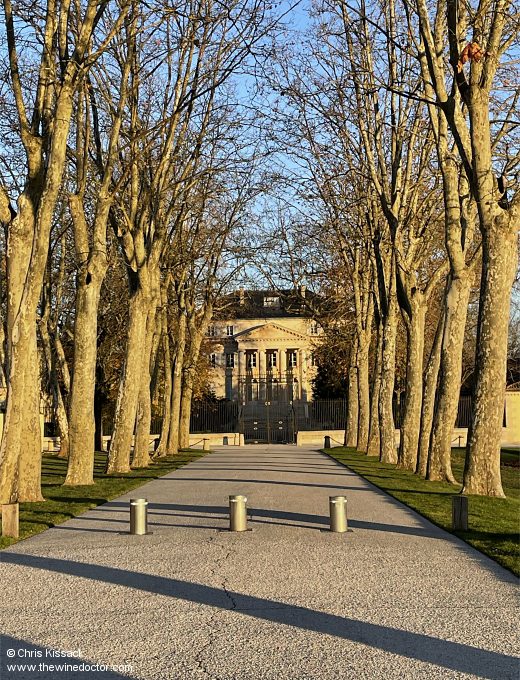Bordeaux 2022 at Two Years
Bordeaux was doing what Bordeaux does best. The white linen tablecloths lay crisp and starched, and the bone china plates which sat upon them shimmered beneath the light of ornate chandeliers. Impeccably dressed sommeliers glided from table to table, filling hundreds of fine crystal glasses with first growths, while white-gloved waiters laid down dishes before hungry diners – the critics and the trade, here in Bordeaux to taste the 2022 vintage – with the coordination of gold medal-winning synchronised swimmers.
Back in April 2023, all seemed well with the world of Bordeaux.
Tasting the 2022 barrel samples at that early stage did nothing to make me think otherwise. Despite their embryonic state, the wines convinced with their unprecedented combinations of concentration and freshness, the very best of quite stratospheric quality. Some were like none I had seen before, in more than twenty years of tasting and writing about Bordeaux; they were astonishing wines which set the pulse racing like some of the region’s greatest vintages, years such as 1990 or 1982 springing to mind. Wines of great concentration but also perfumed freshness, magical Merlots and capital Cabernets with the aromatics and vigour of a cool vintage, but the texture and concentration of a warm one. Like a conjuror who produces exactly the card you wanted, at the moment you least expected it, Bordeaux had furnished us with an amazing vintage from a season which, at a glance, looked like it should have given us another soupy 2003.
As I said, back in April 2023, all seemed well. Lift the bonnet (or hood if you’re in North America), though, and we see that Bordeaux’s engine might not be purring so smoothly as it first seems.
While a handful of 2022 wines sold well en primeur, many did not. Interest in buying Bordeaux at this early and increasingly expensive stage is on the wane, and this translates into tangibly declining sales; despite being the most superb vintage, the 2022 primeur sales accounted for just 5% of the annual turnover at London merchant Farr Vintners; compare this with the 2009 vintage, which accounted for 50% of their turnover in 2010. The reason for this decline is blindingly obvious; price. Bordeaux drinkers are realising there is simply no point buying en primeur when physically available vintages are available for significantly lower prices, some of which – 2006, 2008 and 2012, for example, decent wines all still widely available – are not only much cheaper but are also ready to drink. Also, very high prices have a tendency to soften, as the wines find their place in the market, and nothing smarts more than finding those en primeur purchases you stretched to are available years later at a lower price. Perhaps after you have paid for several years of storage as well. Many primeurs buyers have had their fingers burnt in this fashion.

